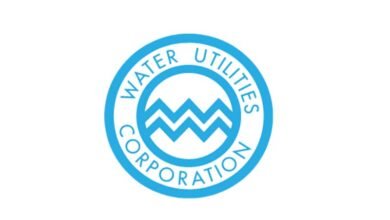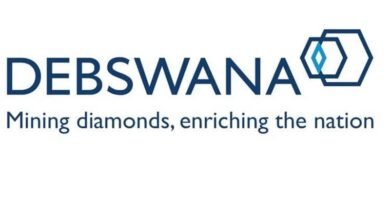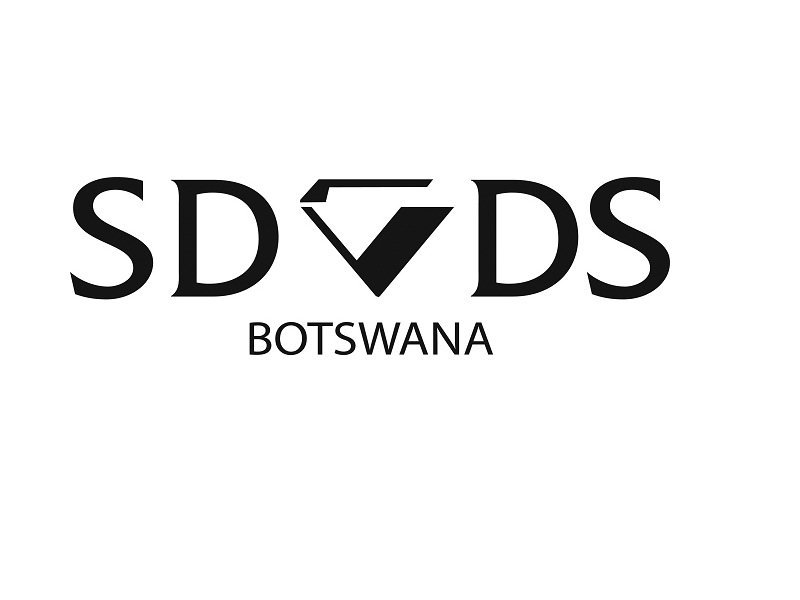Best Job Search Tracking Tools in 2025: Free Templates vs Paid Apps – Complete Q&A Guide
Job searching can feel overwhelming, especially with dozens of applications, interviews, and follow-ups to manage. In this guide, we answer the most common questions about job search tracking tools, helping you choose between free templates and paid apps to streamline your career hunt.
What is a Job Application Tracker?
A job application tracker is a tool—digital or physical—that helps you organize and monitor your job search activities. It allows you to record:
-
Company names
-
Positions applied for
-
Application dates
-
Interview schedules
-
Follow-up reminders
Think of it as your job search command center, keeping all your applications and interactions in one organized place.
Why does it matter? Without tracking, job seekers can easily miss deadlines, apply to the same company twice, or show up to interviews unprepared.
Why Do You Need a Job Search Tracker in 2025?
Q: Aren’t my emails and notes enough to keep track?
A: Modern job searches are more complex. On average, job seekers manage hundreds of applications at once. Key reasons to use a tracker include:
-
Increased Application Volume: Most candidates apply to 50–100+ jobs.
-
Multiple Interview Rounds: 3–5 stages per company are common.
-
Extended Timeline: Searches often take 3–6 months.
-
Remote Opportunities: Time zones and locations make organization essential.
What Are the Best Free Job Search Tracking Templates?
Q: Can I start without paying for software?
A: Absolutely. Here are top free options:
1. Google Sheets Job Application Tracker
Best for: Beginners who want simple, customizable tracking
Pros: Free, accessible anywhere, collaborative
Cons: Manual entry, limited automation, can get cluttered
2. Microsoft Excel Job Tracker Template
Best for: Users comfortable with formulas and advanced features
Pros: Powerful filtering, conditional formatting, offline access
Cons: Requires Office subscription, steeper learning curve
3. Notion Job Application Database
Best for: Visual learners and database enthusiasts
Pros: Multiple views (Kanban, calendar), rich formatting, integrations
Cons: Can be overwhelming, learning curve, free version limits blocks
4. Airtable Job Search Base
Best for: Users who want database power with spreadsheet simplicity
Pros: Automations, collaboration tools, mobile app
Cons: Learning curve, free version limits records, requires internet
What Are the Top Paid Job Search Tracking Apps?
Q: When is it worth paying for a job tracker?
A: Paid apps save time and add advanced features. Here are the top four:
1. Teal Job Application Tracker
Price: Free basic / $19/month Premium
Features: Chrome extension, automatic data, resume tools, company research
2. Huntr Job Search Organizer
Price: Free / $20/month Pro
Features: AI-powered resume creation, visual pipeline, interview scheduling
3. Careerflow Job Tracker
Price: Free / $19.99/month Premium
Features: LinkedIn integration, automated tracking, interview prep
4. Simplify Job Application Tracker
Price: Free with optional premium features
Features: Automatic application detection, notifications, job board integration
Free Templates vs Paid Apps: Which Should You Choose?
Q: How do I know which is better for me?
| Feature | Free Templates | Paid Apps |
|---|---|---|
| Cost | $0 | $20–40/mo |
| Setup Time | 2–3 hours | 1 hour |
| Automation | Limited | Advanced |
| Mobile Access | Moderate | Good–Excellent |
| Integration with job boards | Limited | Strong |
Tip: Free templates give 80% of the value. Paid apps are worth it if you’re applying to 50+ jobs a month or need advanced features.
How Do I Set Up My Job Search Tracker?
Q: What’s the best way to start using a tracker?
Phase 1: Choose your platform: Google Sheets, Airtable, Teal, Huntr, etc.
Phase 2: Set up essential fields:
-
Company Name, Position, Application Date, Status, Contact Info, Interview Dates, Follow-ups, Notes
Phase 3: Develop a routine: -
Daily: Update applications, log responses, schedule follow-ups
-
Weekly: Review patterns, plan communications, analyze skills gaps
Phase 4: Optimize: Add advanced fields, refine workflow, automate reminders
What Advanced Strategies Improve Job Tracking?
-
Color-Coding System: Quickly see status of each application
-
Detailed Status Categories: Beyond Applied/Rejected—track interviews, offers, reference checks
-
Metrics to Track: Response rates, conversion rates, time between interviews
-
Integration with Resume & Networking: Track which skills and contacts improve your success
-
Mobile Accessibility: Update on the go for remote jobs
What Common Mistakes Should I Avoid?
-
Over-complicating your system
-
Inconsistent updates
-
Not following up
-
Ignoring analysis
-
Waiting for perfection
How Do I Measure Success and ROI?
-
KPIs: Response rates, interview-to-offer rates, time to first response
-
Free Templates ROI: High if used consistently
-
Paid Apps ROI: Saves hours and improves efficiency if properly used
What’s the Future of Job Search Tracking?
Emerging Trends:
-
AI-powered application optimization
-
Automatic job matching
-
Integration with professional networks
-
Predictive analytics for success
Expectations 2025–2026:
-
More automation and mobile improvements
-
Better collaboration for career coaches
-
Enhanced AI insights
Conclusion: What’s Your Next Step?
Q: Which job tracker should I choose?
-
Start simple with Google Sheets or Simplify to build habits.
-
Evaluate paid tools like Teal or Huntr if you need automation or advanced integration.
-
The most important factor is consistent use—track, analyze, follow up, and improve.
Your job tracker is more than a spreadsheet—it’s your strategic career tool to land your next opportunity faster.
✅ Next Steps: Check out our full job search guide and interview prep resources to complement your tracker.




